On this page, you will find a comprehensive oceanography vocabulary list. Explore various resources such as games, flashcards, and other study materials related to this subject. Dive into the world of oceanography and expand your knowledge with the help of these interactive tools.
Oceanography is the study of the physical, chemical, and biological aspects of the ocean. This interdisciplinary field explores the vast and complex marine environment, including the ocean’s currents, temperature variations, marine life, and ecosystems. Oceanographers use a combination of research methods, including remote sensing, data collection, and computer modeling, to better understand the ocean and its role in regulating climate, supporting biodiversity, and impacting human society. By studying oceanography, scientists can gain valuable insights into the health of our oceans and develop strategies for sustainable ocean management and conservation.
Practice & Reinforce Your Learning
Oceanography Vocabulary List
Biological Oceanography

- Phytoplankton play a crucial role in the ocean ecosystem by converting sunlight into energy through photosynthesis.
- These microscopic organisms are a vital food source for a variety of marine life, from zooplankton to fish to whales.
- Changes in phytoplankton populations can have cascading effects on the entire marine food web, impacting everything from fish stocks to seabird populations.
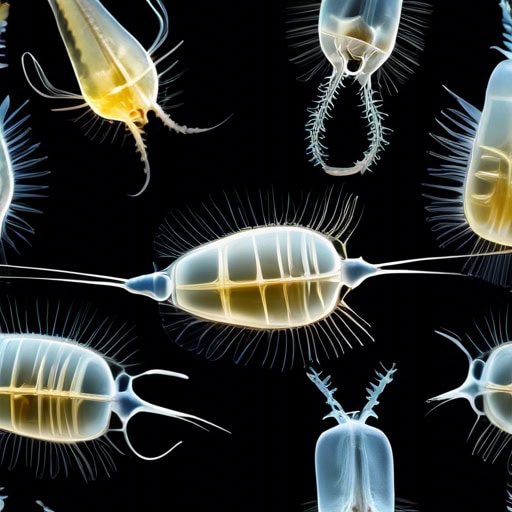
- The abundance of zooplankton in the ocean helps sustain the entire marine ecosystem.
- Whale sharks are filter feeders that consume large quantities of zooplankton.
- Scientists study the distribution of zooplankton to better understand marine biodiversity.
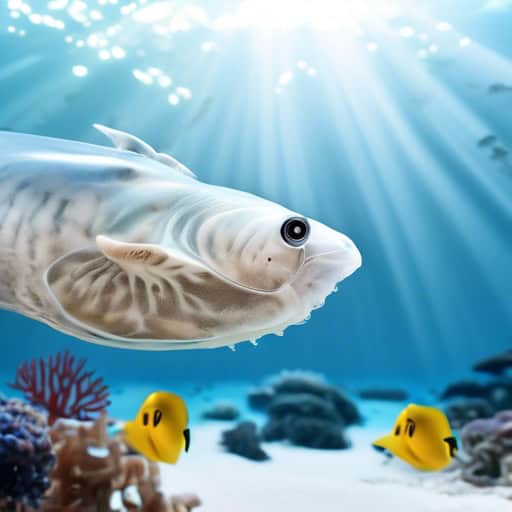
- Studying marine biology allows scientists to better understand the complex ecosystems of the ocean.
- Marine biologists often conduct research expeditions to remote locations to study unique marine species.
- The field of marine biology plays a crucial role in conservation efforts to protect marine biodiversity.
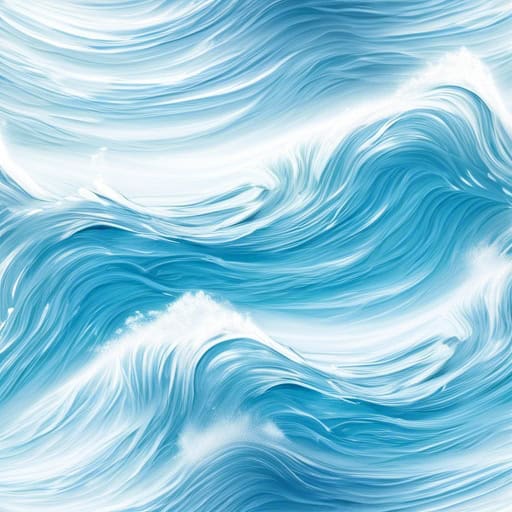
- The ocean currents play a crucial role in regulating the Earth's climate by transporting heat and nutrients around the globe.
- Ocean currents can impact marine life by influencing the distribution of plankton, fish, and other organisms.
- Understanding the patterns of ocean currents is essential for predicting weather patterns and managing marine resources.
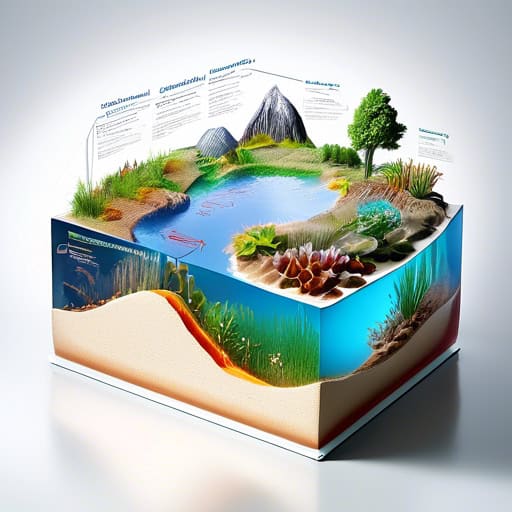
- Biogeochemical cycles play a crucial role in maintaining the balance of nutrients in ecosystems.
- The carbon cycle is one of the most well-known biogeochemical cycles, involving the movement of carbon through the atmosphere, soil, and living organisms.
- Human activities can disrupt biogeochemical cycles, leading to imbalances in nutrient levels and environmental degradation.

- The health of marine ecosystems relies heavily on primary production.
- Primary production plays a crucial role in the food chain, providing energy for higher trophic levels.
- Climate change can have significant impacts on primary production in ecosystems around the world.
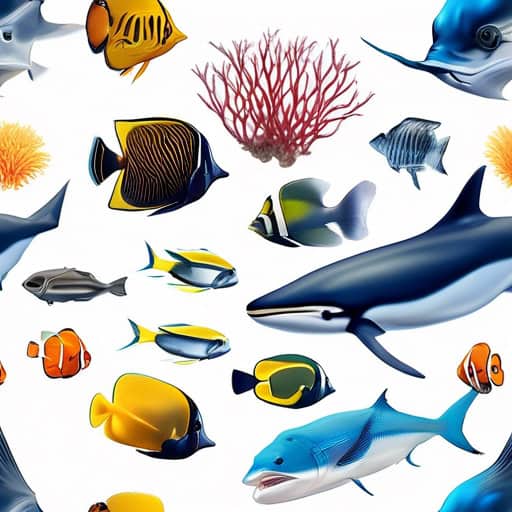
- The health of marine ecosystems is crucial for the survival of many species, including marine mammals and fish.
- Human activities, such as overfishing and pollution, have greatly impacted marine ecosystems around the world.
- Efforts to protect and conserve marine ecosystems are essential for maintaining biodiversity and a healthy ocean environment.
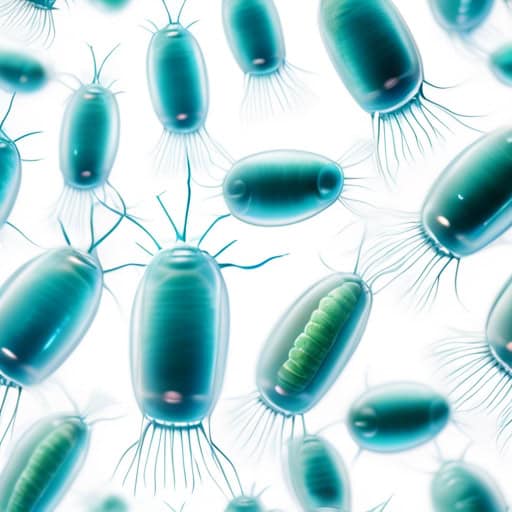
- Plankton are a vital part of the oceanic food chain, serving as primary producers or prey for larger animals.
- Some species of plankton, like phytoplankton, perform photosynthesis and contribute significantly to the Earth's oxygen production.
- Zooplankton, such as tiny shrimp and jellyfish larvae, play a crucial role in transferring energy from plankton to higher trophic levels in the marine ecosystem.
Chemical Oceanography

- The ocean provides a rich source of nutrients for marine life, supporting a diverse array of species.
- Coral reefs rely on nutrient-rich waters to thrive and support a complex ecosystem of fish and invertebrates.
- The upwelling of deep, nutrient-rich water along coastlines sustains productive fisheries and supports a variety of marine organisms.
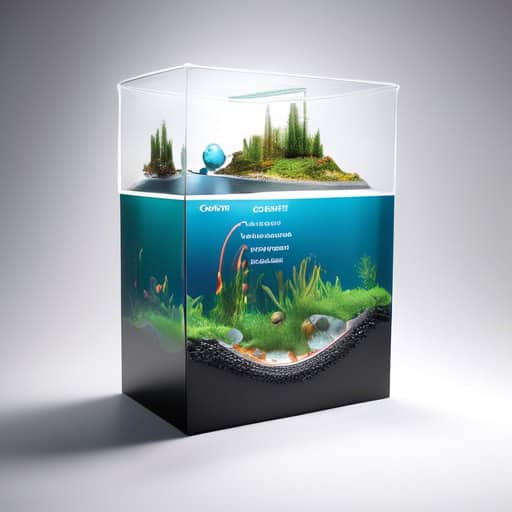
- The carbon cycle plays a vital role in regulating Earth's climate by controlling the amount of carbon dioxide in the atmosphere.
- Understanding the carbon cycle is essential for predicting how human activities, such as burning fossil fuels, impact global carbon levels.
- Chemical oceanographers study the carbon cycle to better understand the role of the ocean in absorbing and releasing carbon dioxide.

- Trace metals such as iron, copper, and zinc play a crucial role in various biogeochemical processes in the ocean.
- Analyzing the distribution and behavior of trace metals in seawater is essential for understanding their impact on marine ecosystems.
- The concentration of trace metals in seawater can be influenced by factors such as seawater acidity, temperature, and the presence of organic matter.

- The pH of seawater is typically around 8.1, making it slightly alkaline.
- A decrease in pH can indicate ocean acidification, which can harm marine life.
- Chemical oceanographers use pH as an important indicator of water quality and ecosystem health.
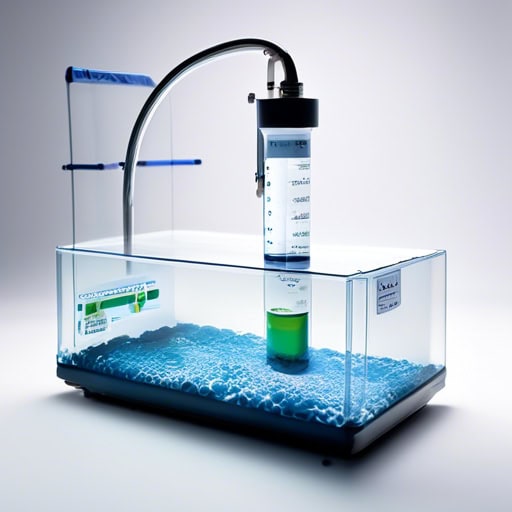
- The level of dissolved oxygen in the water was found to be dangerously low, causing concern for the health of the aquatic ecosystem.
- Monitoring dissolved oxygen levels is important for maintaining a healthy environment for fish and other marine life.
- The presence of pollutants can significantly decrease the amount of dissolved oxygen in the water, leading to negative impacts on aquatic organisms.
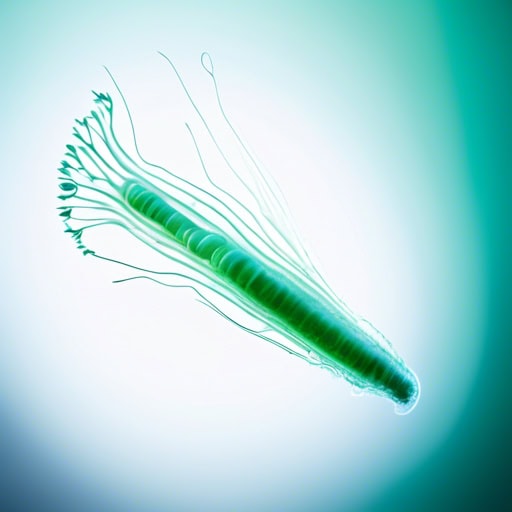
- Phytoplankton are the foundation of the marine food chain, providing energy for larger organisms.
- These microscopic organisms are responsible for producing a significant amount of the oxygen we breathe.
- Changes in phytoplankton populations can have far-reaching effects on marine ecosystems.
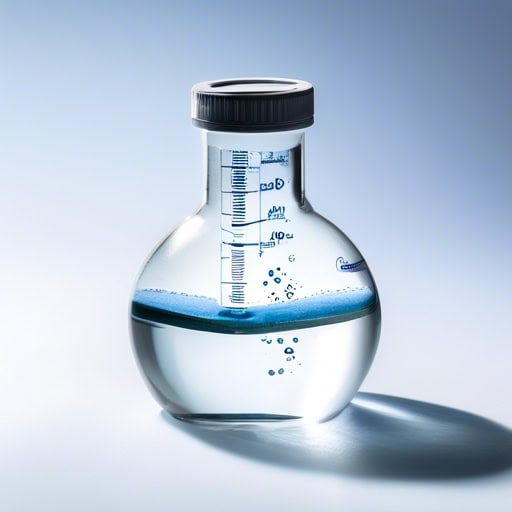
- The salinity levels in the ocean can vary greatly depending on location and depth.
- High salinity can have negative effects on marine life, such as coral reefs and fish.
- Scientists use instruments like conductivity meters to accurately measure salinity levels in different bodies of water.
Physical Oceanography

- The Coriolis effect causes hurricanes in the Northern Hemisphere to rotate counterclockwise.
- The Coriolis effect influences the direction of winds in the atmosphere.
- The Coriolis effect is responsible for the formation of cyclones in the Indian Ocean.

- The density of seawater increases as temperature decreases and salinity increases.
- High-density regions in the ocean often result in the sinking of water masses.
- The density gradient in the ocean plays a crucial role in the movement of water currents.

- The salinity of the ocean water in the Dead Sea is much higher than in other bodies of water due to its high evaporation rate.
- Scientists are studying the effects of increasing salinity levels in oceans as a result of climate change.
- Aquatic organisms have adapted to different levels of salinity in order to survive in various marine environments.

- The ocean currents play a crucial role in regulating the Earth's climate by transporting heat around the globe.
- Some fish species rely on ocean currents to help them migrate for breeding or feeding purposes.
- Scientists study ocean currents to better understand their impact on marine ecosystems and weather patterns.
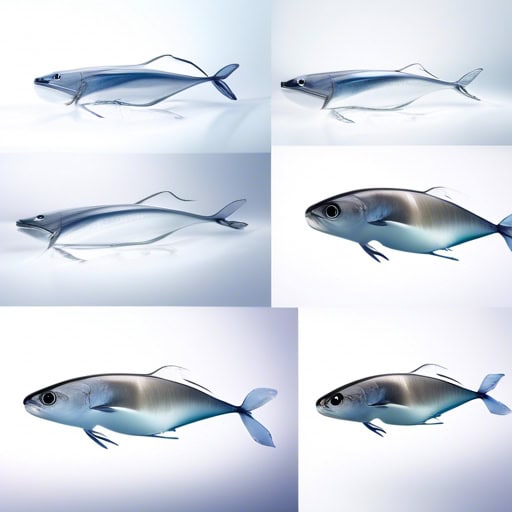
- The upwelling off the coast of California is essential for supporting the thriving ecosystem of marine life in the region.
- Scientists study upwelling patterns to better understand how it impacts the distribution and abundance of fish populations.
- The upwelling in the Pacific Ocean plays a crucial role in providing the necessary nutrients for plankton growth, which is the foundation of the marine food chain.

- The Ekman transport is responsible for the movement of surface water in the ocean due to the Coriolis effect and wind stress.
- In the Northern Hemisphere, Ekman transport results in a net movement of water to the right of the direction of the wind.
- The Ekman transport plays a crucial role in redistributing heat and nutrients in the ocean, influencing marine ecosystems.
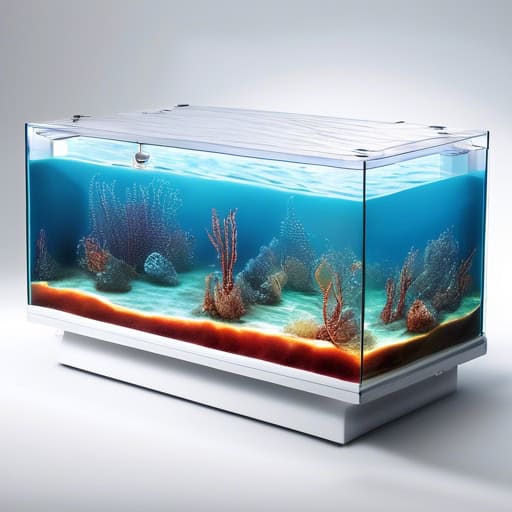
- The thermohaline circulation plays a crucial role in regulating Earth's climate by redistributing heat and nutrients around the globe.
- Changes in the strength of the thermohaline circulation can have significant impacts on regional and global climate patterns.
- Scientists are studying how climate change may be affecting the thermohaline circulation and what implications this could have for ocean circulation and climate stability.
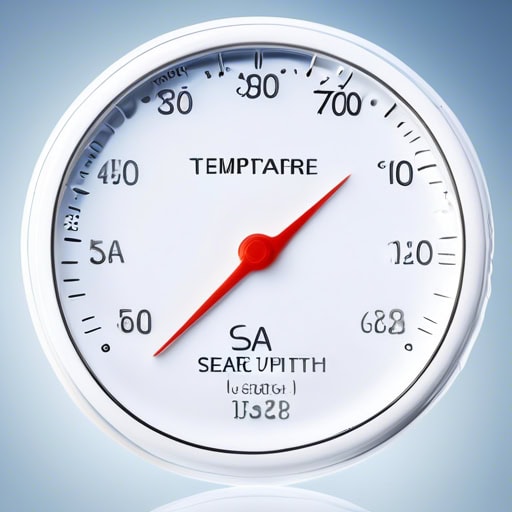
- The sea surface temperature in the Caribbean is typically warmer than in the Pacific Ocean.
- Scientists are monitoring the sea surface temperature to track changes in ocean temperatures due to climate change.
- Warmer sea surface temperatures can lead to more frequent and intense hurricanes.
Geological Oceanography
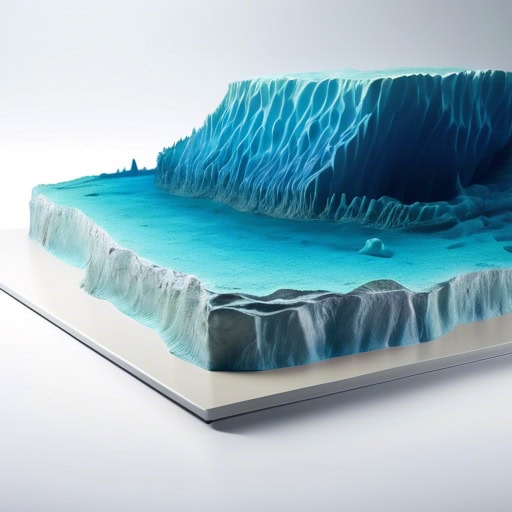
- The seafloor is home to a diverse array of marine life, from tiny plankton to massive whales.
- Scientists have been studying the seafloor for centuries in order to better understand the Earth's oceans and their ecosystems.
- Exploration of the seafloor has revealed hidden treasures such as shipwrecks, underwater volcanoes, and unique geological formations.
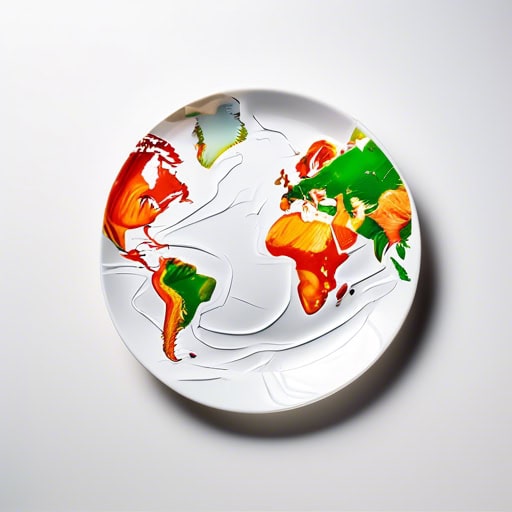
- The movement of the Earth's plates is responsible for earthquakes and volcanic activity.
- Plate tectonics helps explain the formation of mountains and ocean basins.
- The theory of plate tectonics revolutionized our understanding of Earth's geology.
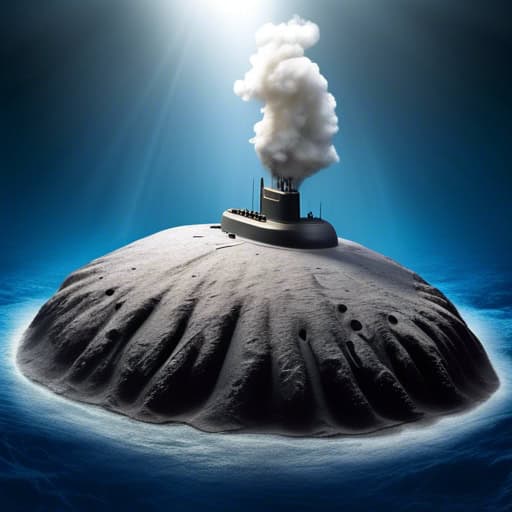
- Submarine volcanoes are unique geological features that can be found deep below the ocean's surface.
- These underwater volcanoes can create new land formations and contribute to the formation of islands.
- Scientists study submarine volcanoes to gain a better understanding of Earth's geology and the processes that shape our planet.

- The sedimentation of sand and silt in the river created a natural barrier that slowed the flow of water.
- Over the years, the sedimentation in the lake formed distinct layers that revealed the history of environmental changes.
- Heavy rainfall caused increased sedimentation in the reservoir, leading to concerns about water quality.

- The underwater expedition discovered a chain of seamounts teeming with diverse marine life.
- Scientists believe that seamounts play a crucial role in providing habitats for deep-sea species.
- The geological formation of seamounts is a fascinating topic of study for oceanographers.
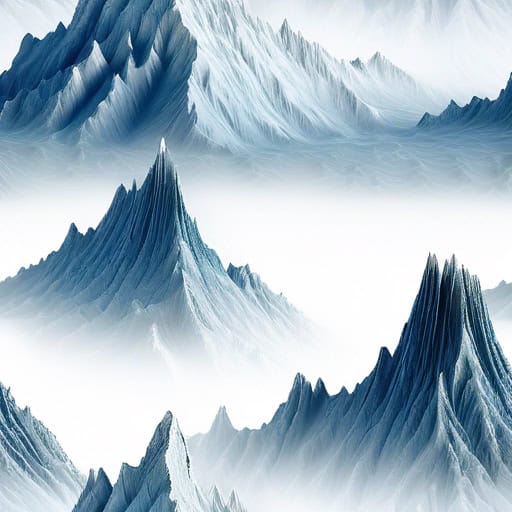
- Mid-ocean ridges are important geological features formed by tectonic activity in the ocean.
- Scientists study mid-ocean ridges to better understand the process of seafloor spreading.
- Exploration of mid-ocean ridges has revealed unique ecosystems thriving in extreme conditions.
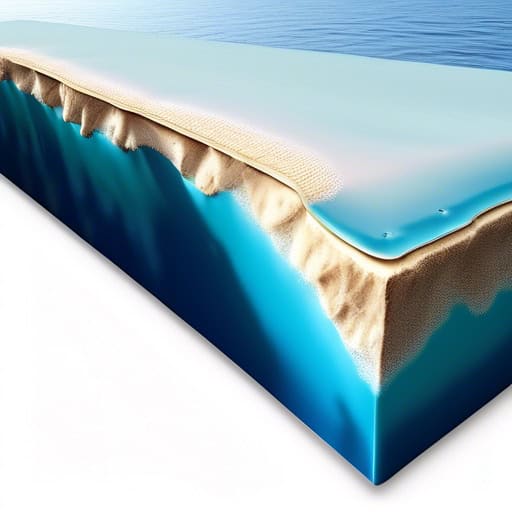
- The oil drilling platform was located on the continental shelf, just a few miles off the coast.
- The continental shelf is an important habitat for many marine species, providing a shallow and nutrient-rich environment.
- Fishermen often target the continental shelf for its abundance of fish and other marine resources.
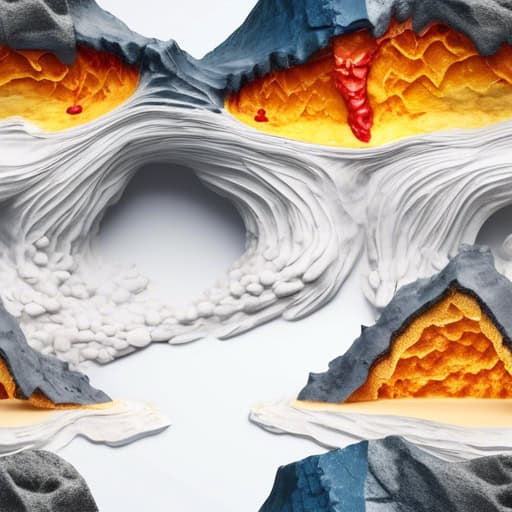
- The oceanic crust is thinner and denser compared to continental crust.
- Oceanic crust is constantly being created and destroyed through the process of seafloor spreading.
- The age of oceanic crust increases as you move away from mid-ocean ridges.
Marine Ecology
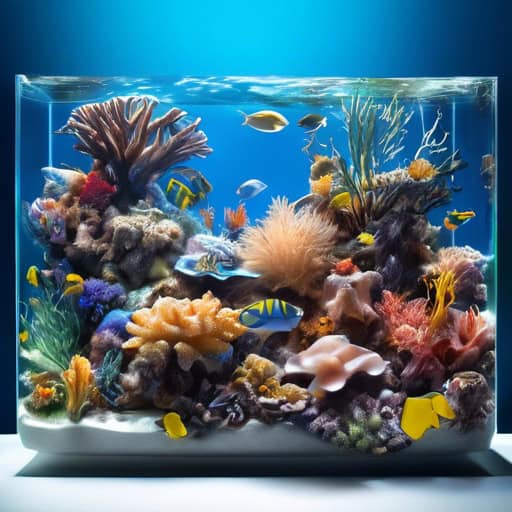
- The coral reef ecosystem is home to a wide variety of marine life, including fish, coral, and algae.
- Human activities such as overfishing and pollution can disrupt the delicate balance of an ecosystem.
- Conservation efforts are crucial in order to protect and preserve the health of our planet's ecosystems.

- Ocean acidification is a significant concern for marine ecosystems, as it can disrupt the balance of calcium carbonate in the water, which is crucial for the formation of shells and skeletons by marine organisms.
- The effects of ocean acidification are particularly detrimental to coral reefs, as the decreased pH levels can weaken their structures and make it harder for them to build calcium carbonate skeletons.
- Scientists are studying the long-term impacts of ocean acidification on marine life, as it has the potential to cause widespread harm to underwater ecosystems.
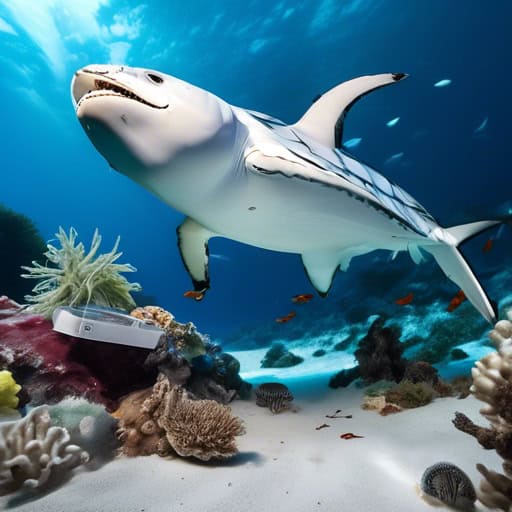
- Marine conservation efforts aim to prevent overfishing, habitat destruction, and pollution in order to maintain the health of our oceans and marine life.
- Many organizations around the world are dedicated to marine conservation through research, education, and policy advocacy.
- Marine conservation is crucial for the survival of countless species and the overall health of our planet's ecosystems.
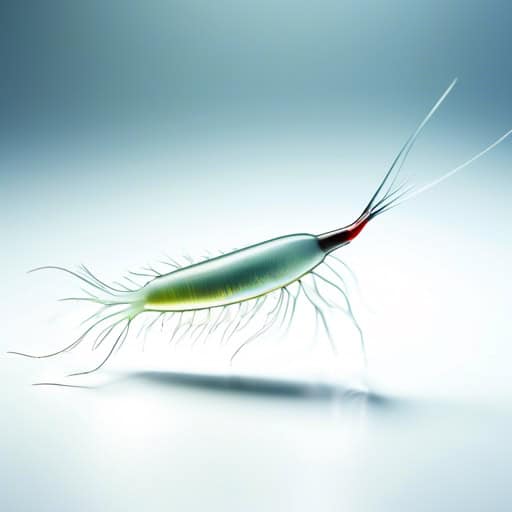
- Plankton play a vital role in the marine food chain, supporting larger animals like whales and sharks.
- Some types of plankton, such as phytoplankton, are important for producing oxygen through photosynthesis.
- Scientists study plankton to better understand their impact on ocean ecosystems and climate.
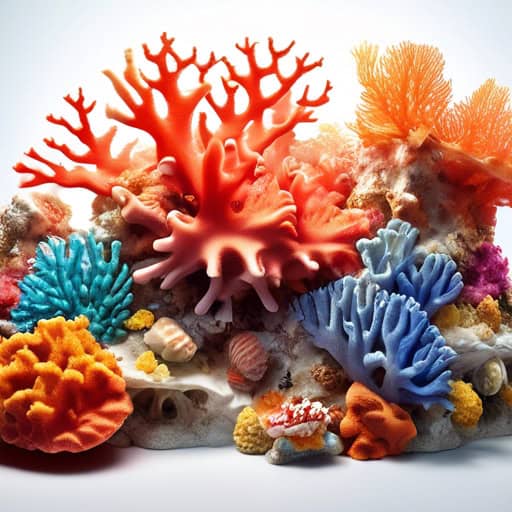
- The coral reef was teeming with colorful fish and vibrant sea plants.
- Snorkeling among the coral reef was a breathtaking experience.
- Scientists are concerned about the health of the coral reef due to rising ocean temperatures.
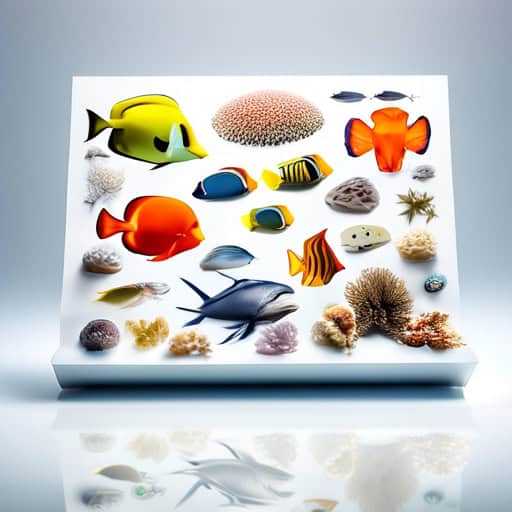
- Marine conservation efforts aim to protect and preserve biodiversity in fragile ecosystems such as coral reefs.
- Loss of biodiversity in the oceans can lead to imbalances in the food chain and negatively impact marine life.
- Scientists are studying the effects of climate change on biodiversity in order to develop strategies for preserving marine ecosystems.
Marine Conservation
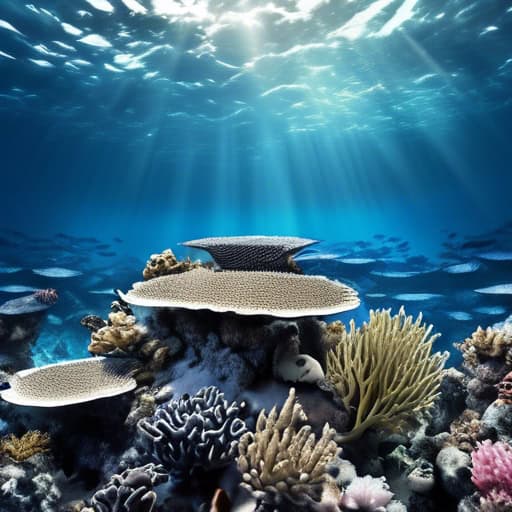
- Marine protected areas play a crucial role in preserving fragile marine ecosystems and protecting endangered species from human disturbances.
- Many countries around the world have established marine protected areas to safeguard their coastal waters and ensure sustainable use of marine resources.
- Visitors to marine protected areas are often required to follow strict regulations to minimize their impact on the delicate marine environment.
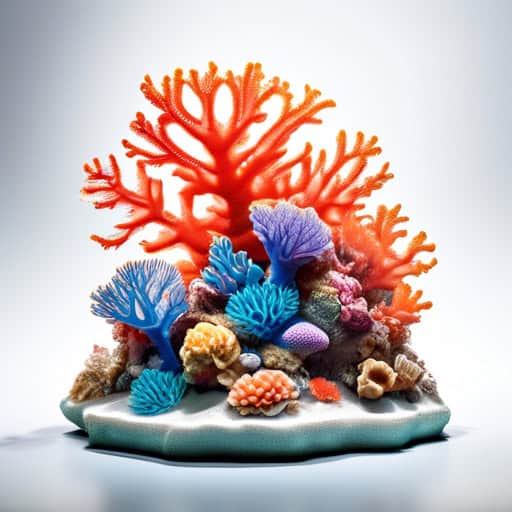
- Coral reefs are often referred to as the "rainforests of the sea" due to their high biodiversity and ecological importance.
- The health of coral reefs is threatened by factors such as climate change, overfishing, and pollution.
- Tourism is a major industry that relies on the beauty and biodiversity of coral reefs, attracting millions of visitors each year.
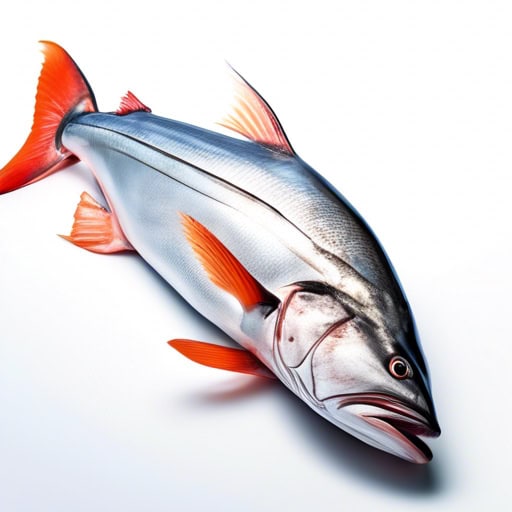
- Overfishing has resulted in a significant decline in the population of certain fish species.
- Many coastal communities rely on fishing as a source of income, but overfishing threatens their livelihood.
- Efforts to combat overfishing include implementing fishing quotas and creating marine protected areas.
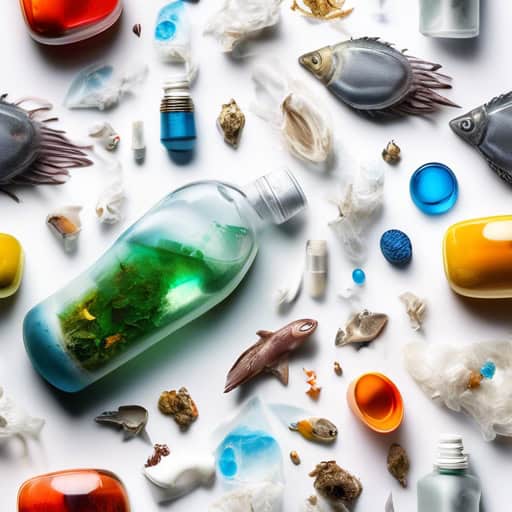
- Marine pollution is a growing concern as industrial waste and plastic debris continue to contaminate our oceans.
- Efforts to combat marine pollution include stricter regulations on waste disposal and clean-up initiatives in affected areas.
- The devastating impact of marine pollution on coral reefs and marine wildlife underscores the urgent need for global action to protect our oceans.
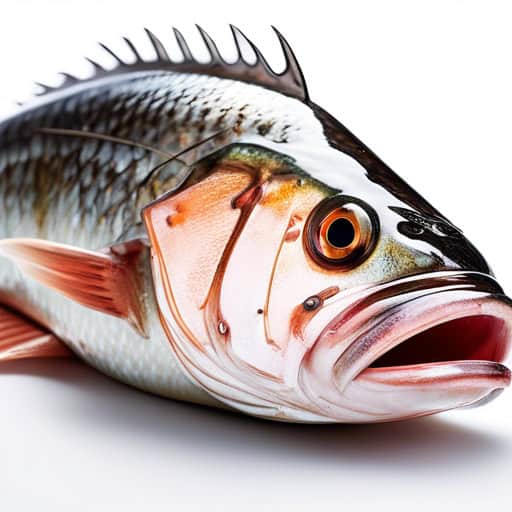
- Sustainable fishing is essential to protect marine biodiversity and ensure food security for future generations.
- Many countries have implemented regulations to promote sustainable fishing practices and prevent overfishing.
- Consumers can make a positive impact by choosing to purchase seafood from sources that engage in sustainable fishing methods.
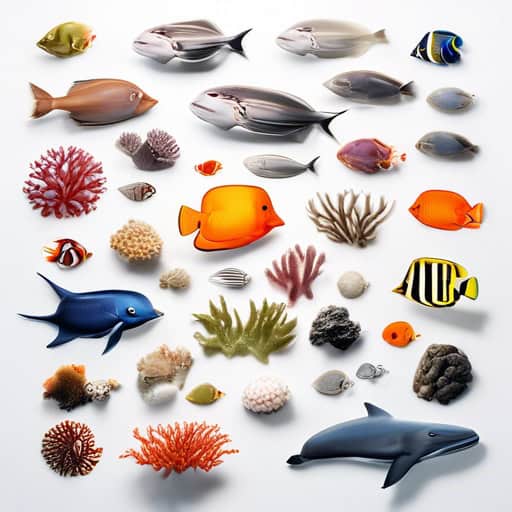
- Marine biodiversity plays a crucial role in maintaining the health and stability of marine ecosystems.
- Conservation efforts are essential in protecting marine biodiversity from threats such as pollution and overfishing.
- Scientists are studying marine biodiversity to better understand the interconnectedness of marine species and their habitats.
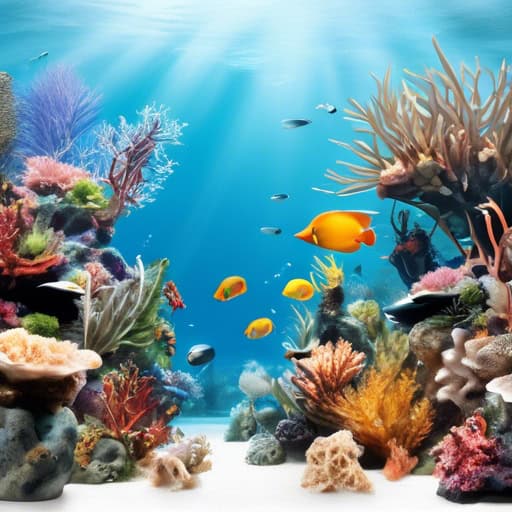
- The health of marine ecosystems is essential for the overall well-being of our planet.
- Human activities such as overfishing and pollution are threatening the delicate balance of marine ecosystems.
- Conservation efforts are crucial to protect and preserve the biodiversity of marine ecosystems.
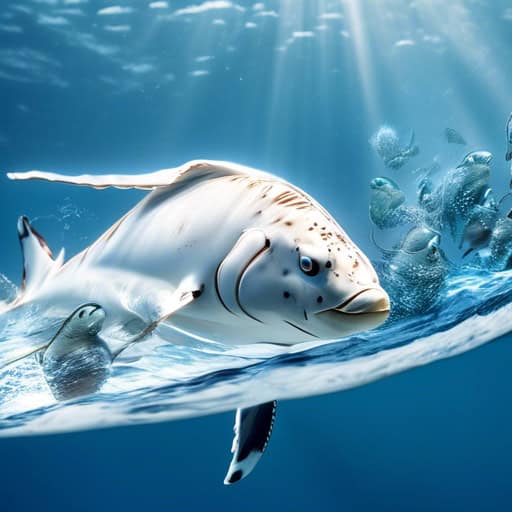
- Marine conservation efforts have been successful in restoring coral reefs in key locations around the world.
- Many organizations are working together to implement effective marine conservation efforts to protect endangered marine species.
- Government policies play a crucial role in supporting marine conservation efforts and enforcing regulations to prevent overfishing and pollution.
Quick Facts
- Oceanography is the study of the physical, chemical, and biological aspects of the ocean.
- The ocean covers about 70% of the Earth’s surface and contains about 97% of the Earth’s water.
- The deepest part of the ocean is the Mariana Trench, which reaches a depth of about 36,070 feet.
- Oceanographers use a variety of tools and technologies, such as satellites, buoys, and submersibles, to study the ocean.
- Oceanography plays a crucial role in understanding climate change, marine ecosystems, and natural disasters like tsunamis and hurricanes.
